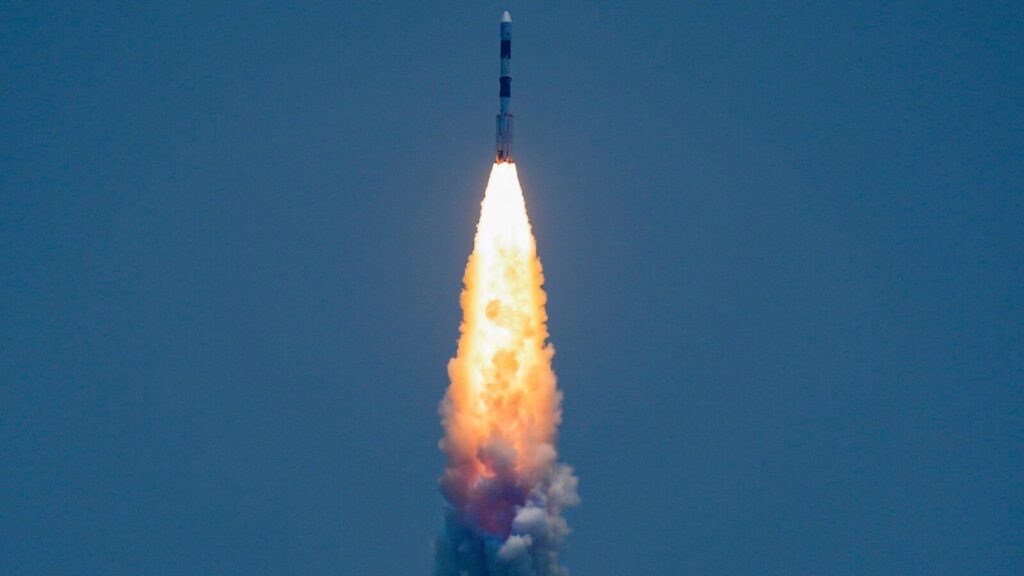The , India’s first space-based solar observatory, is scheduled to reach its designated orbit at 4 pm on January 6th. Earlier, Chairman S Somanath told ANI “Aditya-L1 is going to reach its L1 point on January 6 and we are going to do the final manoeuvre to keep it there. ” Meanwhile, the satellite, launched from Sriharikota on September 2, is expected to stay in this strategic location for the next five years.
Situated approximately 1. 5 million km away from Earth, Aditya-L1 will execute a crucial manoeuvre upon reaching L1. Also Read: “It will go to that (L1 between Sun and Earth) point, and once it reaches that point, it will rotate around it and will be trapped at L1,” the ISRO chief was quoted by news agency as saying.
The ISRO website highlights that upon reaching the L1 point, Aditya-L1 will undergo a manoeuvre to secure its orbit around L1. This orbital positioning is crucial, as L1 represents a stable gravitational point situated equidistant between the Earth and the Sun. “The spacecraft is planned to be placed in a halo orbit around the Lagrangian point 1 (L1) of the Sun-Earth system, which is about 1.
5 million km from the Earth,” the ISRO said. Also Read: As reported by PTI, the ISRO chief had said that the data will be very useful in understanding the dynamics of the Sun and how it affects our lives. “Once it is successfully placed on L1 point, it will be there for the next five years, gathering all the data which are very important not for India alone but for the entire world,” the ISRO chief said.
The Sun is a giant sphere of gas and Aditya-L1 would study the outer atmosphere of the Sun. “Aditya-L1 will neither land on the Sun nor approach the Sun any closer,” the Indian space agency added. Aditya L1 Aditya-L1, launched on September 2, 2023, via the Polar Satellite Launch Vehicle (PSLV-C57), stands as India’s pioneering space-based solar observatory.
Devoted to the extensive examination of the Sun, it marks the nation’s first mission in the class of observatories dedicated to solar studies. Also Read: Equipped with seven payloads, the spacecraft is designed to observe various layers of the Sun, including the photosphere, chromosphere, and the outermost layer known as the corona. These observations utilize a combination of electromagnetic and particle detectors onboard the Aditya-L1.
“Using the special vantage point of L1, four payloads would directly view the Sun and the remaining three payloads would carry out in-situ studies of particles and fields at the Lagrange point L1,” the ISRO said. Also Read: The payloads on Aditya L1 are anticipated to offer vital data essential for comprehending issues related to coronal heating, Coronal Mass Ejection, pre-flare and flare activities, as well as their characteristics. Additionally, the satellite aims to contribute to the understanding of space weather dynamics, the study of particle propagation, and the examination of fields in the interplanetary medium.
Livemint tops charts as the fastest growing news website in the world to know more. Unlock a world of Benefits! From insightful newsletters to real-time stock tracking, breaking news and a personalized newsfeed – it’s all here, just a click away!.
From: livemint
URL: https://www.livemint.com/science/news/aditya-l1-indias-solar-mission-isro-missions-s-somnath-isro-news-latest-space-earth-sun-corona-pslvc57-11704501876936.html
